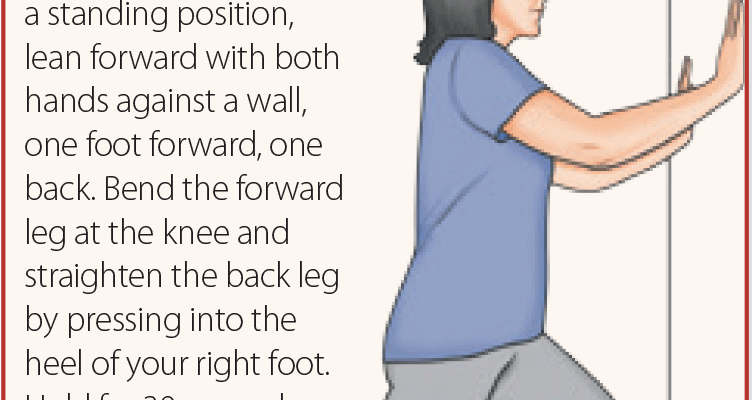Step Into Spring With These Walking Tips
 Walking is one of the most enjoyable and healthful activities you can do. It’s good for both body and mind. As you walk, blood vessels in your arms and legs expand and fill with fresh
Walking is one of the most enjoyable and healthful activities you can do. It’s good for both body and mind. As you walk, blood vessels in your arms and legs expand and fill with fresh
oxygen and nutrients, and your muscles reach out to your stored carbohydrates for fuel. Also, increasing physical activity reduces heart disease risk by strengthening your heart muscle and lowering your blood pressure, cholesterol, and resting heart rate.
“It also helps with weight management, insulin sensitivity, and bone health, decreases stress and anxiety, and is a great opportunity to socialize,” says Pamela Geisel, an exercise physiologist at the Tisch Sports Performance Center at Hospital for Special Surgery, an affiliate of Weill Cornell Medicine. Here’s how to get the most out of your steps.
Proper Gear
Walking shoes. “Forward-moving sports, like walking and running, require different support than sports with lateral movement, like basketball and Zumba,” Geisel says. Second, consider the terrain. Pavement? Dirt roads? Rocky trails? “The more unpredictable the surface, the more important it is to have a durable sole.”
Clothes. Your clothes and socks should be made of material that wicks aways moisture, such as merino wool, and synthetics such as propylene, polyester, nylon, spandex, silk, and even bamboo pulp—which is soft, light, breathable, and reflects UV rays. Avoid cotton, which tends to absorb and retain moisture against your skin.
Start Small
“Walk to your next errand instead of catching a cab,” Geisel says. “Take the stairs instead of the elevator. Walk the dog an extra block. Then add on more steps from there.”
Walk at a slow pace for at least 10 minutes to warm up your muscles before moving to a faster pace, Geisel suggests. Intense stretching is not necessary prior to walking, but afterward, when your muscles are warmed up, is a good time to stretch your arms, legs, and waist. Using a walking stick can help you stand up straight and stretch forward.
“And don’t forget to swing your arms,” Geisel says. She also suggests changing up your walking surfaces. “Walking on a variety of surfaces will help keep it interesting and also will limit repeated pounding on the pavement.”
The American Heart Association recommends 150 minutes of moderate exercise a week—five 30-minute sessions—or 75 minutes of vigorous exercise a week—three-25 minute sessions—or a combination of the two.
Take the “Talk” Test
With moderate-intensity aerobic exercise, you should be working hard enough to speak a sentence but not to sing. With vigorous intensity aerobic exercise, you should be able to speak a few words but not a full sentence.
The post Step Into Spring With These Walking Tips appeared first on University Health News.
Read Original Article: Step Into Spring With These Walking Tips »
Powered by WPeMatico


